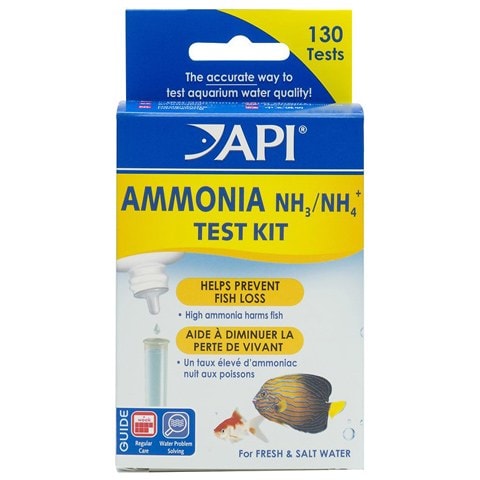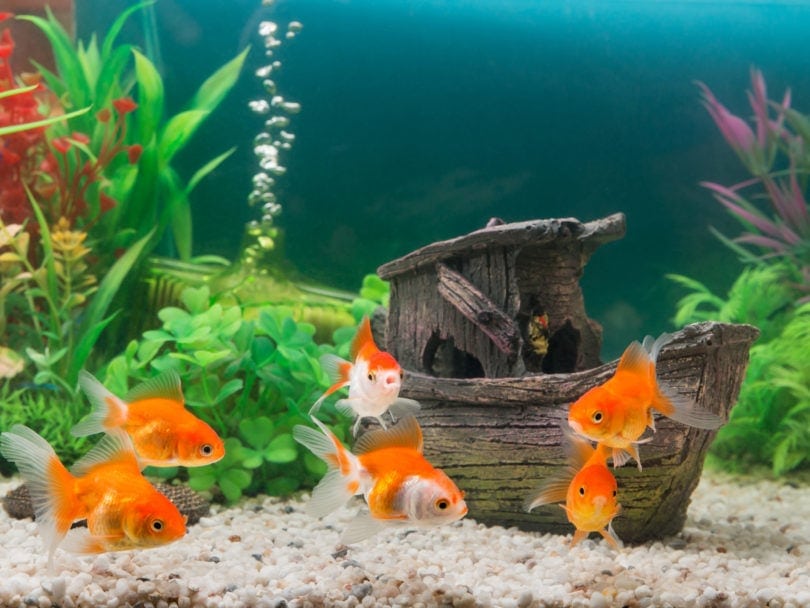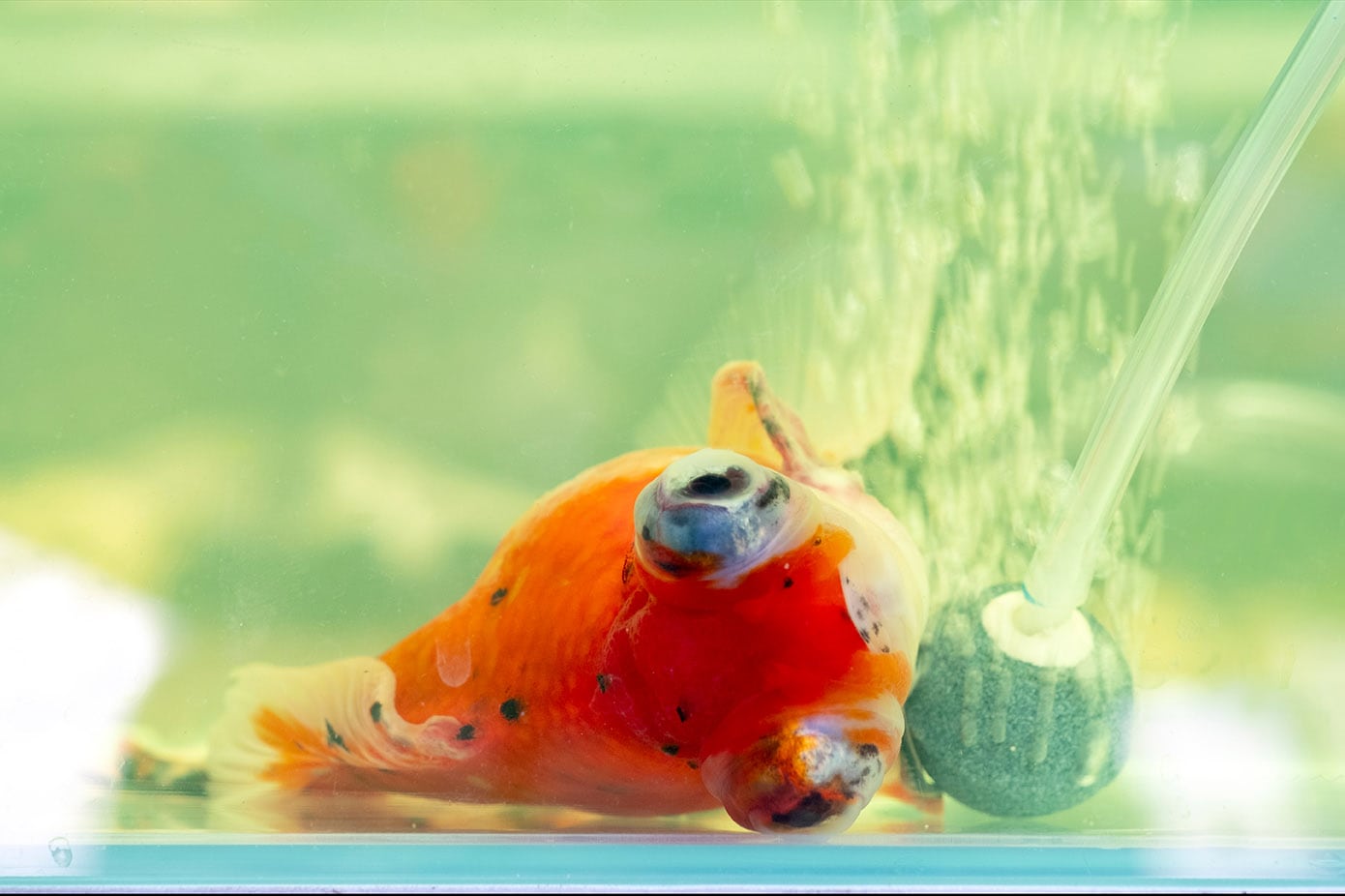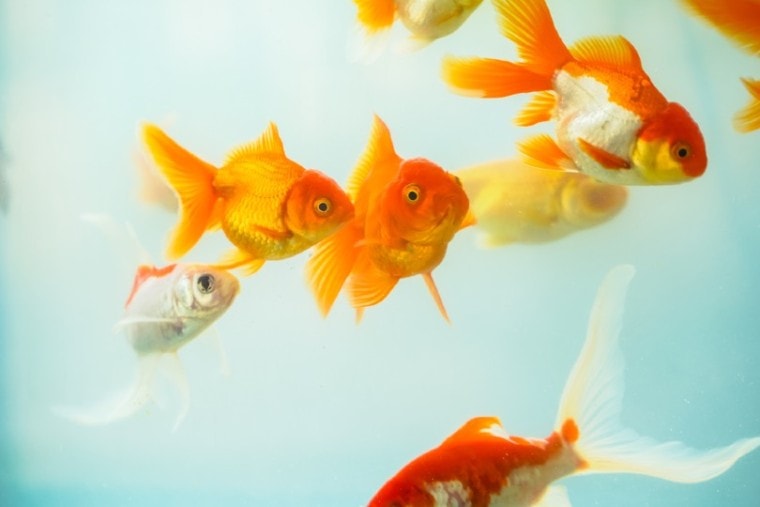
Have you ever forgotten to empty out the cat’s litter box for a few days, and when you finally start sifting through the litter, you’re slapped in the face with the distinctive smell of ammonia? If you’ve ever smelled ammonia, it’s an unpleasant smell you don’t forget. Breathing in too much ammonia can cause irritation and damage to your lungs and airway, and it can cause irritation on the skin as well. Well, did you realize that ammonia is excreted by your goldfish and can not only build up in the tank, but endanger their lives? Here are the things you should know about goldfish and ammonia.
Where Does Ammonia Come From?
Ammonia is a product of metabolic processes within the body that is excreted through the urinary tract in many animals. Goldfish produce ammonia but their urinary tract functions differently than those of mammals. Ammonia that has been processed through the kidneys is excreted through a urinary pore, which is similar to a urethra. Ammonia produced by respiration and other metabolic processes is excreted through the gills. Regardless of where the ammonia comes from, it begins to build up in your tank. Goldfish are very dirty fish that produce a heavy bioload, which means they excrete large amounts of ammonia.
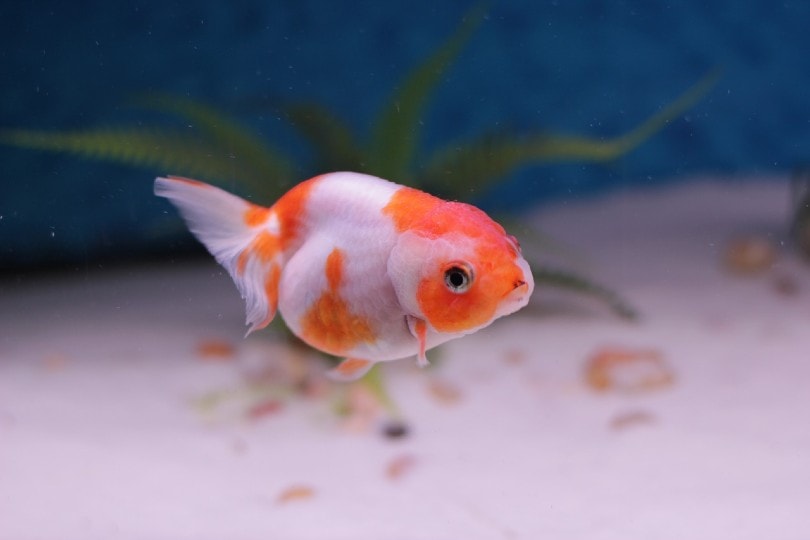
Preventing Ammonia Buildup
So, what do you do about ammonia in your tank? There are chemical additives you can use in your aquarium that help neutralize ammonia and convert it to a less toxic form. However, if your tank is properly cycled and has adequate filtration, you should not be seeing ammonia building up. Routinely check your ammonia levels within your tank with a reliable test kit. A cycled tank should have an ammonia level of 0 ppm at all times. If you begin to see ammonia levels rise, then something has happened to your tank’s cycle and your beneficial bacteria colonies have been negatively impacted.
Beneficial bacteria live on surfaces like filter media and substrate, so if you’ve recently changed your filtration system, filter media, substrate, or other high surface area items within your tank, then you may have damaged your tank’s cycle. Recolonizing the beneficial bacteria and neutralizing the ammonia will help you get your tank back on track.
Ammonia Poisoning
Causes
Ammonia poisoning is what occurs when your fish are exposed to high levels of ammonia or experience long term ammonia exposure. It is also often called “new tank syndrome” because it is very common if fish are placed in a tank that hasn’t been cycled.
Common causes of ammonia poisoning are adding fish to an uncycled tank, a crashed tank cycle, keeping an overstocked tank without adequate filtration, an increase in the water’s pH, and long-term exposure to poor water conditions, like in a feeder fish tank.

Signs
Many signs can hint at ammonia poisoning, and most of them are extremely obvious and dramatic on the part of your fish (because the condition is very painful).
Ammonia poisoning can lead to the loss of scales, burns on the skin, and the loss of fins or fin rot. Scales and fins are not guaranteed to regrow, regardless of what you do.
There is only one way to definitively determine if your fish are exposed to ammonia poisoning:
Treatment
Ammonia poisoning should be considered an emergency. Prompt intervention improves the likelihood of your fish surviving, however, losses are sometimes sudden, and at times, recovery isn’t entirely possible.

Many fish that are recovering from ammonia poisoning will begin to develop black patches on the scales and fins. If you notice new black patches on your fish, check your ammonia levels. Black patches can develop as the body attempts to heal from ammonia burns, even if the ammonia levels are still elevated. Black patches do not mean the ammonia levels are back down to zero.
Prevention
As is the case with many poisonings, prevention is much easier than treatment.
If you are looking for help to get the water quality just right for your goldfish family in their aquarium, or just want to learn more about goldfish water quality (and more!), we recommend you check out the best-selling book, The Truth About Goldfish, on Amazon today. It covers everything from water conditioners to tank maintenance, and it also gives you full, hard copy access to their essential fishkeeping medicine cabinet!
Final Thoughts
Ammonia is one of the most common killers of goldfish, especially in new, inexperienced keepers. Elevated ammonia levels are part of “new tank syndrome”, which can be avoided by proper tank cycling, filtration, and water maintenance.
If you notice any signs of ammonia poisoning in your goldfish, your first course of action should be to check your water parameters and, if ammonia is present, treat your tank for elevated ammonia and begin treating your fish by supporting immunity and slime coat. Remember that even though we are used to smelling a strong smell in the presence of ammonia, you will not see or smell ammonia in your fish tank, so you can’t rely on sight or smell to detect it.
Featured Image Credit: Nature and Life, Shutterstock


